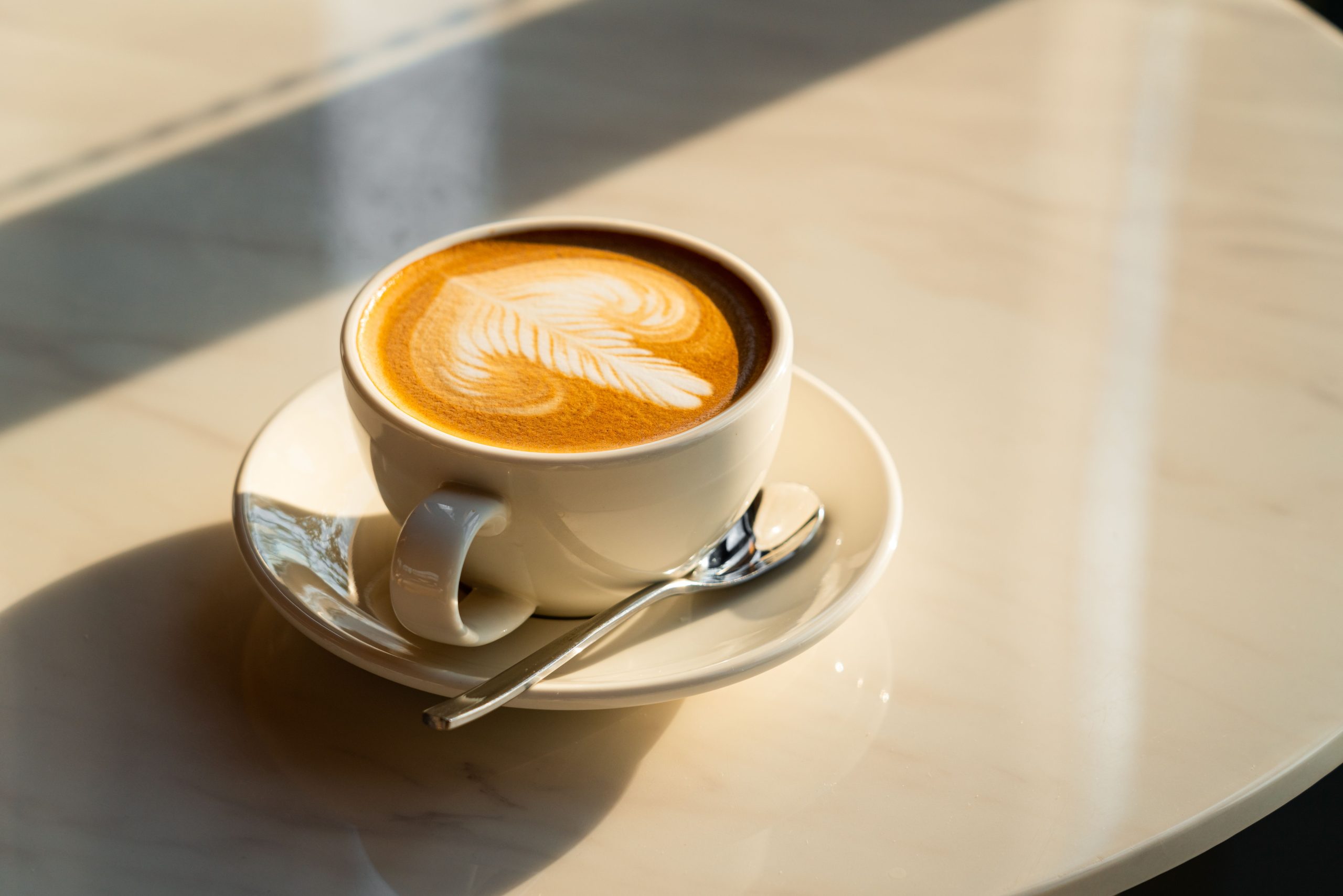Health
How hot should a coffee be? Optimal coffee temperature

The temperature of coffee can significantly impact its flavor, aroma, and overall enjoyment. For coffee enthusiasts and casual drinkers alike, understanding the ideal temperature for brewing and serving coffee is essential. This article explores how hot should coffee be, delving into the optimal brewing temperatures, serving temperatures, and tips for maintaining the perfect cup.
How hot should a coffee be? Ideal brewing temperature
The brewing temperature is crucial for extracting the best flavors from coffee beans. According to the National Coffee Association (NCA), the ideal brewing temperature for coffee is between 195°F and 205°F (90°C to 96°C). This temperature range allows for optimal extraction of the coffee’s oils, flavors, and aromas.
Why is brewing temperature important?
- Flavor extraction: Too hot or too cold water can lead to under-extraction or over-extraction, affecting the taste of the coffee.
- Consistency: Maintaining a consistent brewing temperature ensures a balanced flavor profile in every cup.
- Aroma: Proper extraction enhances the coffee’s aroma, contributing to a more enjoyable drinking experience.
Tips for achieving the ideal brewing temperature
- Use a quality coffee maker: Invest in a coffee maker with precise temperature control.
- Preheat your equipment: Preheat your coffee maker, French press, or pour-over equipment to maintain the optimal brewing temperature.
- Boil and cool: If using a kettle, bring water to a boil and then let it cool for about 30 seconds before brewing.
Optimal serving temperature
Once brewed, the temperature at which coffee is served can affect its taste and drinkability. The optimal serving temperature for coffee is typically between 155°F and 175°F (68°C to 80°C).
Factors influencing serving temperature
- Personal preference: Some people prefer hotter coffee, while others enjoy it at a slightly cooler temperature.
- Type of coffee: Certain coffee drinks, like espressos, are often served hotter than brewed coffee.
- Safety: Serving coffee too hot can cause burns and diminish the tasting experience.
Tips for maintaining serving temperature
- Use insulated cups: Insulated cups or thermoses help keep coffee at the desired temperature for longer periods.
- Preheat your mug: Pour hot water into your mug to warm it up before adding coffee.
- Avoid microwaving: Reheating coffee in the microwave can alter its flavor. Instead, use a thermal carafe to keep it hot.
The science behind coffee temperature
Understanding the science behind coffee temperature can help coffee lovers appreciate the nuances of their favorite beverage.
Temperature and solubility
The solubility of coffee compounds is temperature-dependent. Hot water extracts flavors, oils, and aromas more effectively than cold water. However, water that is too hot can over-extract bitter compounds, while water that is too cool may under-extract, leading to a weak and sour taste.
Temperature and aroma
Aroma compounds in coffee are volatile and can be significantly affected by temperature. Higher temperatures release more aromatic compounds, enhancing the sensory experience. However, extremely high temperatures can also lead to the loss of delicate aromas.
Common mistakes in coffee temperature
Avoiding common mistakes can help ensure that coffee is brewed and served at the optimal temperature.
Using boiling water
Brewing coffee with boiling water (212°F or 100°C) can lead to over-extraction, resulting in a bitter taste. Allow boiling water to cool slightly before brewing.
Serving coffee too hot
Serving coffee at temperatures above 175°F (80°C) can cause burns and negatively impact the flavor profile. It’s best to let coffee cool to a more manageable temperature before drinking.
Inconsistent temperature
Inconsistent brewing and serving temperatures can lead to an uneven flavor profile. Using a quality coffee maker and preheating equipment can help maintain a consistent temperature.
Adjusting coffee temperature for different brewing methods
Different brewing methods require slight adjustments in temperature to achieve the best results.
Drip coffee makers
Most drip coffee makers are designed to brew at the optimal temperature range. Ensure your machine is clean and functioning properly for consistent results.
French press
For French press coffee, use water at the lower end of the optimal brewing temperature range (195°F to 200°F). This helps prevent over-extraction and maintains a balanced flavor.
Espresso machines
Espresso is typically brewed at a higher temperature, around 200°F to 205°F (93°C to 96°C). This higher temperature helps extract the rich flavors and oils unique to espresso.
Pour-Over
For pour-over coffee, aim for a brewing temperature between 195°F and 205°F. Using a gooseneck kettle can help control the pouring speed and temperature.
Achieving the perfect coffee temperature
Understanding how hot should a coffee be can greatly enhance the brewing and drinking experience. The ideal brewing temperature of 195°F to 205°F ensures optimal flavor extraction, while the optimal serving temperature of 155°F to 175°F provides a safe and enjoyable drinking experience. By following the tips and guidelines outlined in this article, coffee lovers can consistently enjoy their favorite beverage at its best.
Achieving the perfect coffee temperature requires attention to detail and a little experimentation. Whether using a drip coffee maker, French press, espresso machine, or pour-over method, maintaining the right temperature can make all the difference in the final cup. Also, here are some similar articles that you might find useful:
